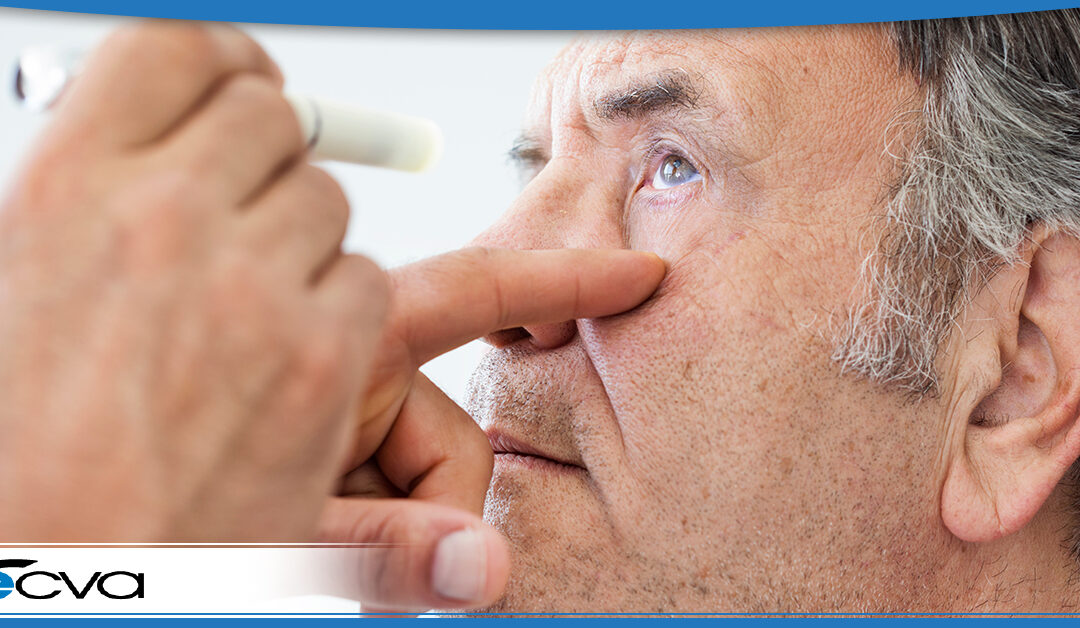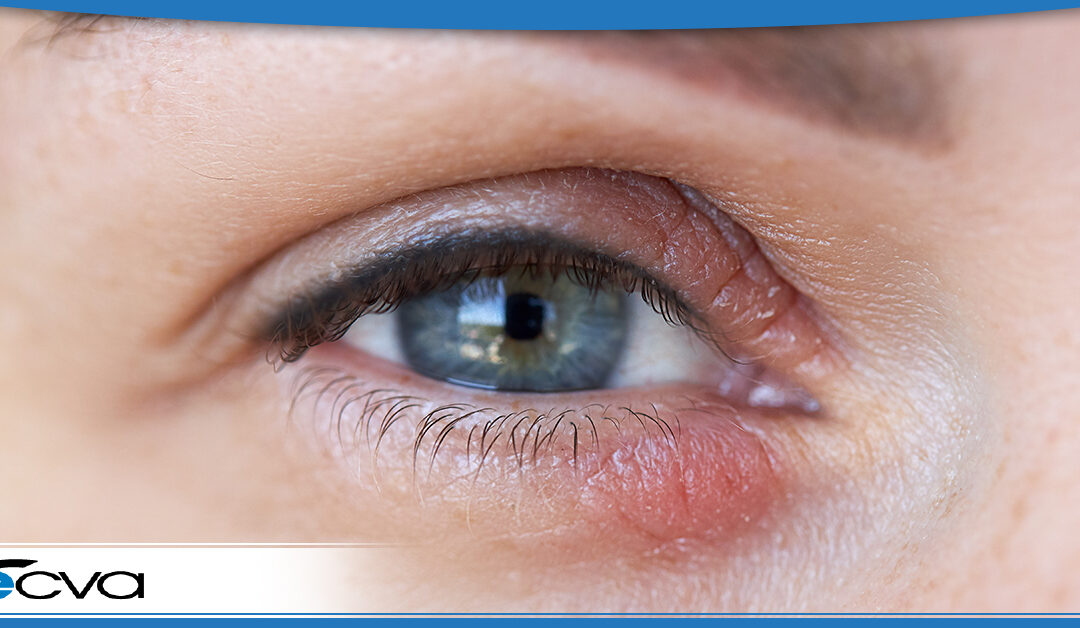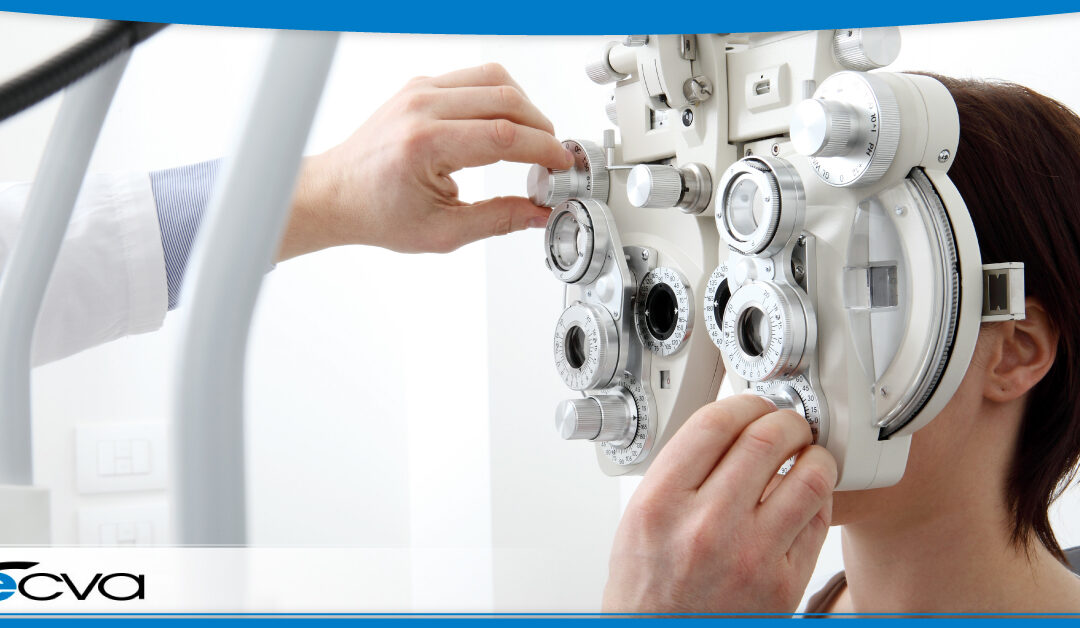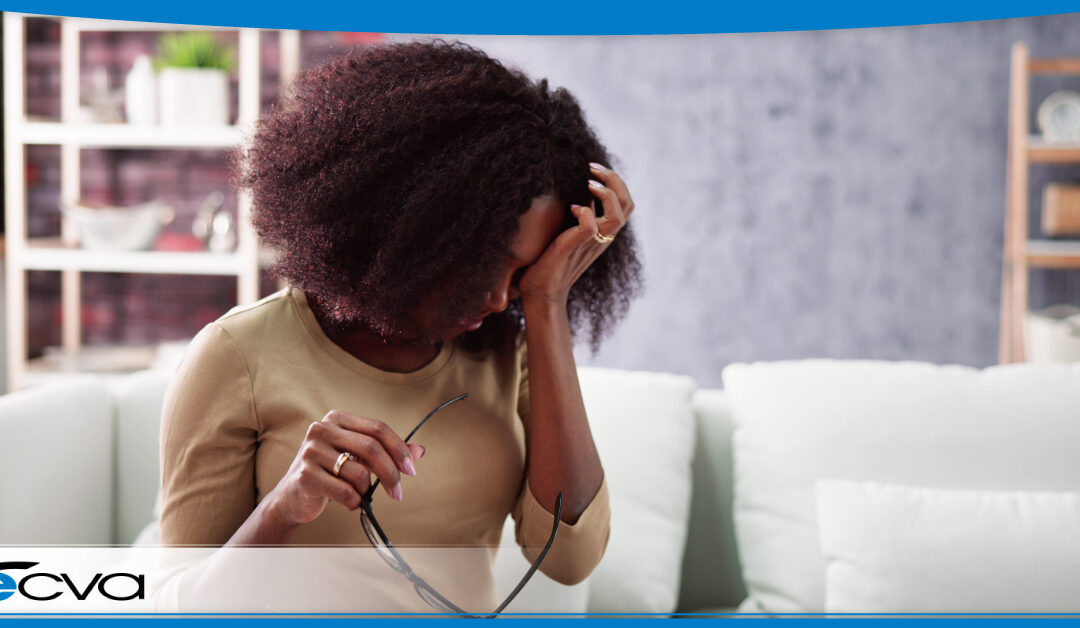
by ecvaeyeadminz | Aug 10, 2023 | Eye Health
Vision plays a crucial role in everyone’s daily lives. But over time, age-related eye problems may arise, affecting a person’s ability to see clearly and perform common tasks. If you’d like to know about some common age-related eye problems, their causes, symptoms,...

by ecvaeyeadminz | Jul 27, 2023 | Eye Health
It’s officially summer, a time of year when people spend more time outdoors enjoying the excellent weather. However, it’s also a season that comes with specific eye health risks. Fortunately, it’s easy to keep your eyes in fantastic shape by taking some simple steps....

by ecvaeyeadminz | Jul 11, 2023 | Eye Health
Ultraviolet (UV) rays are harmful, including to your eyes. Since July is UV safety month, it’s the perfect time to consider how you can protect your eyes from this damaging form of radiation. To help you get started, we’re going to dispel some common misconceptions...

by ecvaeyeadminz | Jun 22, 2023 | Eye Health
Eyelid dermatitis is a form of contact dermatitis, a skin condition that occurs when you come into contact with a triggering substance, such as an allergen, dust, or irritating chemical. After contact, the eyelid experiences a reaction, leading to various...

by ecvaeyeadminz | May 25, 2023 | Eye Health
When you’re looking for a new eye care provider, you may notice that eye care providers can have several different titles. If you don’t know the differences, choosing an optometrist, optician, or ophthalmologist may seem like a challenge. Fortunately, how they stand...

by ecvaeyeadminz | Apr 6, 2023 | Eye Health
Burning eyes are highly uncomfortable and may make it difficult to see clearly. The stinging sensation is highly distracting, and keeping the eyes open and focused can be difficult when that burning feeling is present. Ultimately, there are many potential causes of...







